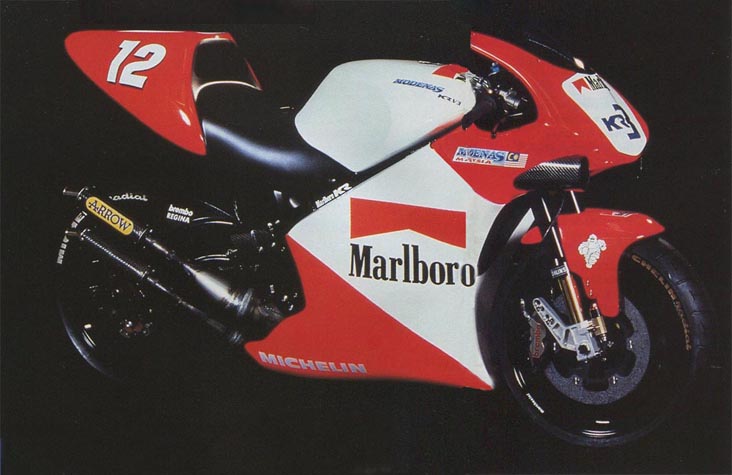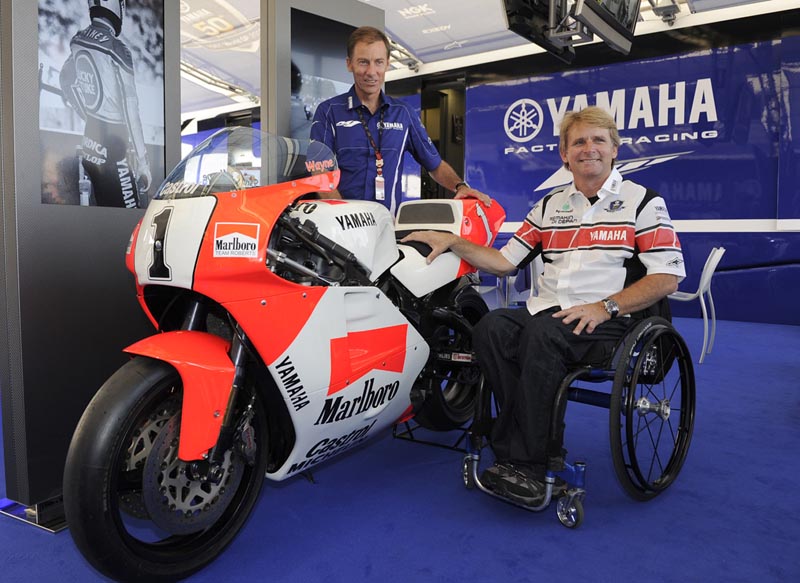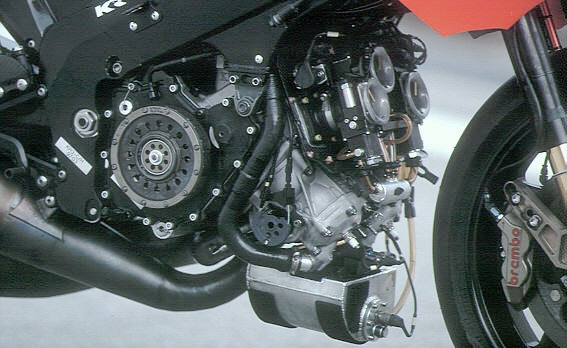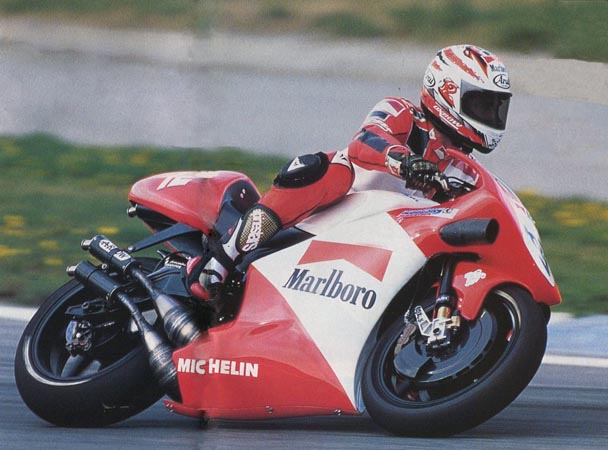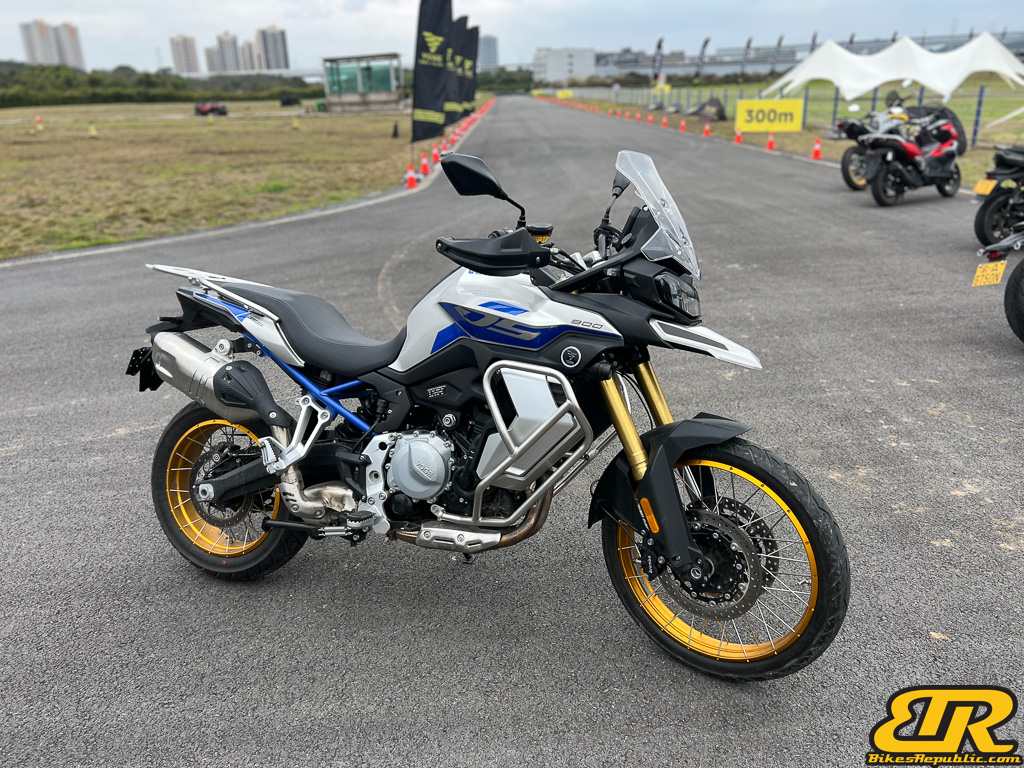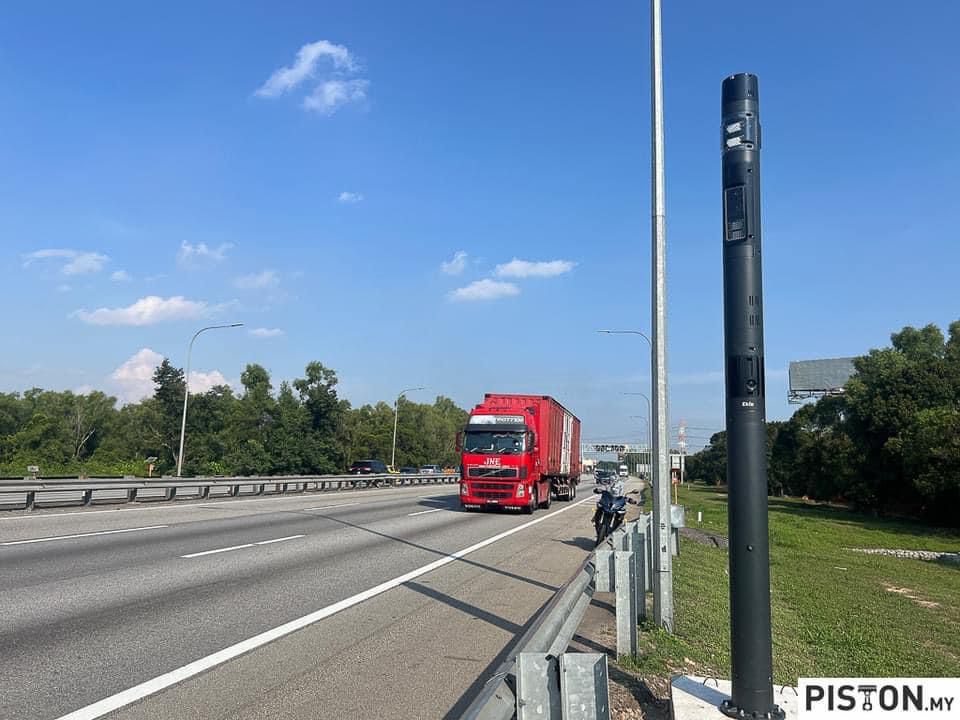-
The MODENAS KR3 500cc GP racer graced the world’s racetracks from 1997 to 2002.
-
It was mean to revolutionize GP bikes.
-
MODENAS stood to learn from the project.
Do you remember the MODENAS KR3 500cc GP racer?
The bike had a very interesting story: It was meant to revolutionize 500cc Grand Prix racing and remains well-loved for its spirit among many long-time Malaysian and worldwide GP fans.
The name “KR” stemmed from a legendary name, Kenny Roberts. As in Kenny Roberts Sr., the three-time 500 GP World Champion, the man who popularized the knee-down cornering technique and all-around cowboy (read: rebel).
On the other hand, the number “3” stood for three-cylinders.
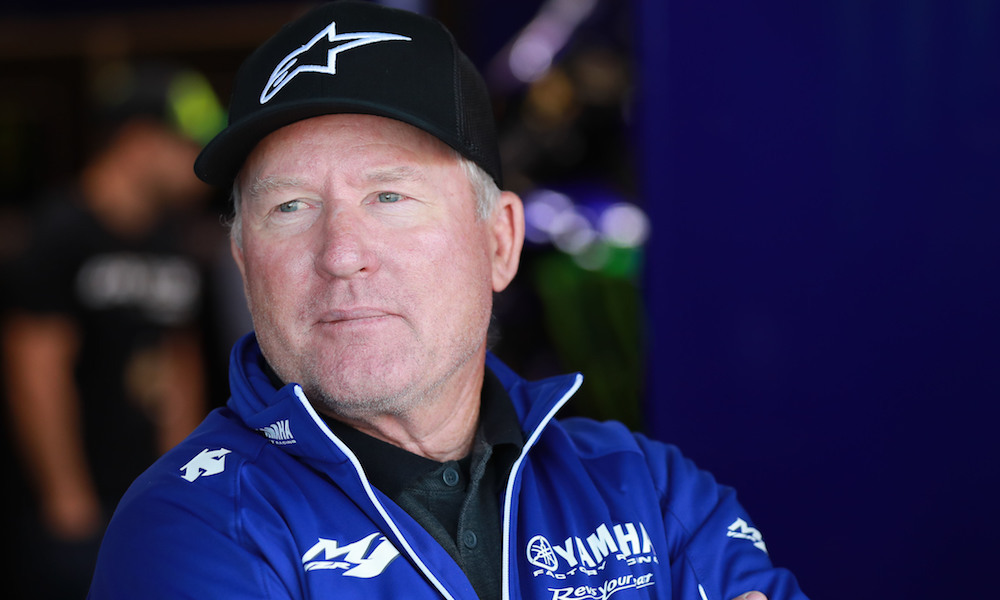
How did it come to this?
KR managed GP teams, all of them on Yamahas, from 1984. But his ventures in the premier class started showing promising results when he signed Wayne Rainey in 1988.
It was in 1990 that KR secured Marlboro’s sponsorship and his team became the factory Yamaha squad in both 500cc and 250cc categories. Also in that year, Rainey won his first 500cc GP title and John Kocinski won the 250cc title.
Rainey would deliver another two titles in 1991 and 1992. He was on his way to fourth championship in 1993 but a crash at the Italian GP paralyzed him from the chest down. His bitter rival Kevin Schwantz of Lucky Strike Suzuki was crowned champion instead.
As the years ticked by without Rainey, a plucky Aussie by the name of Mick Doohan took over the reins.
KR stuck it out with Yamaha, but he was constantly unhappy with the progress of their bikes. He even complained many times publicly that the factory took no heed to his feedback on improving their bikes.
So, in 1996, KR made an announcement that surprised everyone – he was breaking away from Yamaha after 25 years in the 1997 season (like how Herve Poncharal would do in 2019). But he wasn’t moving to another manufacture. No, not “King” Kenny. He was going to build his own bikes.
Enter the MODENAS KR3
It was during this time that our very own fledgling (it started in 1995) Motosikal dan Enjin Nasional Sdn. Bhd. (MODENAS) decided to step in and work together on the project. It was hoped that some of the technology would eventually make their way into MODENAS’s future models, besides placing the brand in the pinnacle of motorcycle racing.
KR decided to move base to the “Motorsport Valley” in England where the Formula 1 and race car teams are based and began working together with Tom Walkinshaw Racing (TWR).
They decided on a three-cylinder, two-stroke, 500cc machine as the rules gave three-cylinder machines a 10kg weight advantage over four-cylinder bikes. The lower weight allowed the bike to be more agile and carry more midcorner speeds, like what KR saw with Freddie Spencer’s Honda NS500 in 1982 to 1983. This was also deemed as an advantage as the racetracks during the time had more corners than long straights for the four-cylinder machines to utilize.
But they knew that a three-cylinder would make less horsepower compared to a four-cylinder one. So, the team focused on improving volumetric efficiency (how much fuel-air mixture the engine could induct).
Engine design was supervised by Bud Askland, the father of the team’s manager Chuck Askland. They ended up with a 498cc powerplant with “square” dimensions i.e. same bore and stroke figures of 59.6 mm x 59.6 mm. The Vee-angle between the cylinders was set at nearly 180o with two cylinders down below and one up top.
Anyway, the frame was designed to give the bike better handling characteristics. KR worked with TWR and French chassis maker FTR to result in an aluminium twin-spar “deltabox” that’s smaller and lighter than the Japanese. The headstock featured eccentric carriers to allow adjustments of the steering’s rake angle and trail. There were also eccentric carriers in the swingarm mount to adjust the height of the swingarm pivot. These were unheard of at the time.
Even fueling was ahead of its time. The KR team adopted electronic carburetors without float bowls which used ducted air to atomize the fuel, much like a fuel-injection system. Such a setup avoided the fuel from emulsifying from intense vibrations. Arrow custom made an exhaust system for the engine.
This first engine produced 160 hp and went on to develop 180 hp in 2002.
The bodywork, it was designed to wrap tightly around the frame for a smaller frontal profile. Consequently, the radiator was moved to under the seat where ducts supplied cooling air to it.
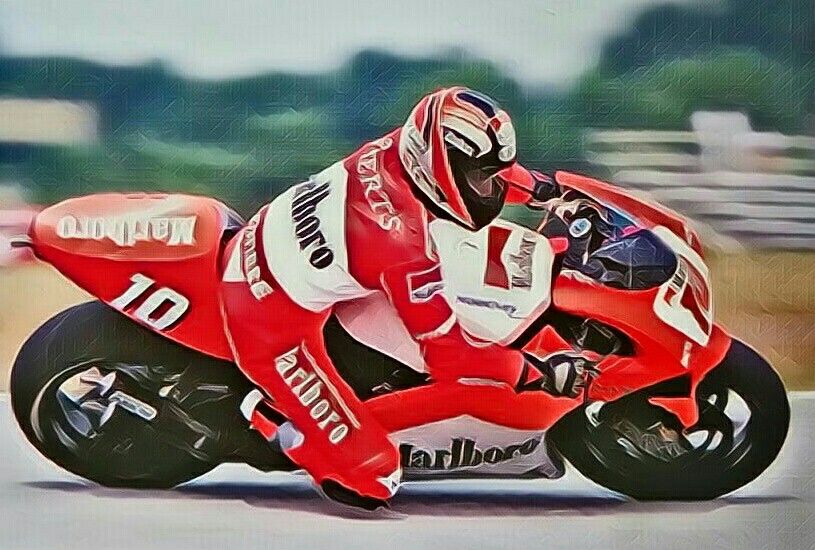
The MODENAS-KR team found an uphill (more like up-mountain) task ahead of them in the 1997 season.
It was initially thought that the engine’s layout gave the engine good self-balancing inertial forces (of the pistons going up and down and the rotating crankshaft), so it was sans a balancer shaft. However, the engine suffered many breakdowns due to crankshaft cracking.
Additionally, there was no controlled-tyre ruling back then, thus the tryes were manufactured to each specific bike in the paddock. The new and small team had to use old tyres or those designed for other bikes. Sometimes both. It meant that they could not capitalize on their handling.
But the KR3 was supremely fast in midcorner and there were other riders who commented that they were led into entering corners too fast behind it. But when the situation was reversed, the KR3 riders found themselves blocked by the slower four-cylinder machines and then outgunned at the corner exits.
The KR3 project persisted until 2002 when the two-stroke 500cc GP formula gave way to four-stroke 1000cc machines. The FIM allowed two stroke bikes a grace period during that year and they could race together. Jeremey McWilliams qualified the MODENAS KR3 on pole at the 2002 Australian GP.
With the new formula, the KR3 project built a four-stroke, V-5, 1000cc bike called the KR5. Now Malaysian car maker Proton funded the project until the end of 2004.
Legacy of MODENAS KR3
While the MODENAS KR3 didn’t win races, it left a lasting legacy in MotoGP. Later, Aprilia would attempt with their own three-cylinder Cube racer. BMW had actually worked on a MotoGP prototype which also had – you guessed it – three cylinders. BMW’s stillborn project would eventually end up gaining one more cylinder and became the S 1000 RR.
In any case, we would love to see a MODENAS KR3 up close again.

